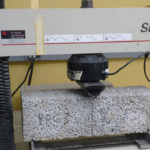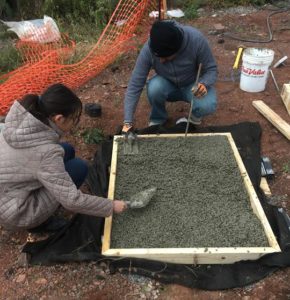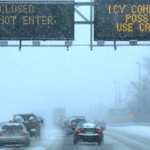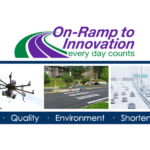By Stefanie Potapa, Amanda Gendek, and Glenn Stott
Above: A UAS flown during the TRB visit to New Jersey DOT captured an aerial image of the Wittpenn Bridge.
Each year, representatives from the Transportation Research Board (TRB) visit with state departments of transportation (DOTs) to strengthen the partnership between TRB and state DOTs, identify current issues, collect and generate information, and disseminate that information throughout the transportation community.
In late February, Christine L. Gerencher and Andrew C. Lemer of TRB traveled through inclement weather from Washington, D.C., to New Jersey to visit with staff from various New Jersey DOT units. They were met by hosts Mike Russo, Assistant DOT Commissioner, and Amanda Gendek, Manager, Bureau of Research (BOR), as well as more than 40 staff members.
Knowledge-Sharing Opportunity
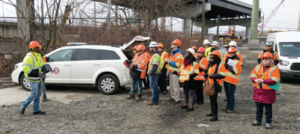
The annual TRB state visit allowed New Jersey DOT and TRB staff to share knowledge and information on initiatives, issues, and research directions. Photo courtesy Stefanie Potapa
The annual TRB field visit is an important part of BOR’s program because it provides a forum for New Jersey DOT staff to share such information as research initiatives, new technologies, best practices, lessons learned, or specific problems they are currently facing. The TRB representatives then can transmit that information back to TRB so that other states, industry members, or educational institutions can benefit from it or use it to help solve the identified problem. The TRB visitors also highlight the Board’s range of services to the DOT and help identify potential candidates from New Jersey DOT staff for TRB committees.
Gerencher is a senior program officer at TRB, managing nine committees within the Aviation group and eight committees within the Environmental and Energy Section as well as chairing the editorial board of TR News. Lemer is a senior program officer in TRB’s National Cooperative Highway Research Program (NCHRP), managing a diverse portfolio of NCHRP-sponsored research projects with a focus on transportation asset management, system performance measurement and management, regional development, and agency information and knowledge management.
Kimbrali Davis and Stefanie Potapa of BOR worked diligently to produce the two-day event, collaborating with members of the following New Jersey DOT units and subject areas: Environmental Resources, Capital Investment and Development, Aeronautics, the Unmanned Aircraft System (UAS) Program, Local Aid and Economic Development, and Asset Management. The first day of the field visit allowed Gerencher and Lemer to hear presentations from each invited New Jersey DOT unit, followed by a roundtable discussion. These discussions covered challenges, accomplishments, research needs, and New Jersey DOT participation in various TRB committees and subcommittees.
Field Observations
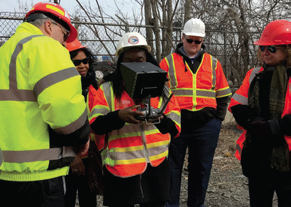
When using a UAS for inspection, the resident engineer closely follows protocol to operate the camera controls. Photo courtesy Stefanie Potapa
The next day, Shukri Abuhuzeima, Executive Regional Manager, Capital Program Management, presented an overview of the Route 7 Wittpenn Bridge construction project, complete with project-related statistics and background. Glenn Stott, UAS Coordinator, then spoke about the agency’s UAS program and briefed the participants on what to expect when they would arrive at the construction site later that morning.
The group then traveled to the construction site, where all individuals were briefed on safety. Stott, UAS pilot Koree Dusenbury, and visual observer Ashley Davis began a UAS flight demonstration to highlight the capabilities of these vehicles in construction project management and bridge inspection applications. For example, using a drone to inspect projects like the Wittpenn Bridge allows inspection personnel to remain safely on the ground rather than being suspended high over a busy waterway. The drone also can move quickly from one area to another, allowing each inspector to view more structure in less time.
Flight Demonstration
The flight began with Davis and Dusenbury conducting a full systems check followed by a detailed briefing of the mission. In his briefing, Dusenbury—a new Federal Aviation Administration–certified UAS pilot in the Bureau of Aeronautics—included current weather conditions, potential hazards, obstructions such as overhead wires, the flight profile, and actions to be taken in the event of an emergency.
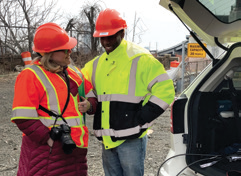
TRB senior program officer Christine
Gerencher (left) and New Jersey DOT UAS pilot Koree Dusenbury (right) prepare for the flight demonstration. Photo courtesy Stefanie Potapa
The visual observer is the crew’s safety person, who keeps a close eye on potential hazards to the mission. The resident engineer is tasked with ensuring the quality of work; traditionally, this person uses tools such as a bucket truck to inspect the bridge. When using a UAS, however, the resident engineer operates the camera controls and can pan, tilt, zoom, and take photos. The strict and professional communication phrases and safety procedures among the remote pilot, visual observer, and resident engineer during the flight demonstrated impressive coordination and commitment to safety. The remote pilot first communicated each movement of the drone—which then was acknowledged by the crew—before making an input into the UAS controller.
Thanks to a large flat-screen television behind the rear seats of the New Jersey DOT Bureau of Aeronautics drone SUV, visitors and staff were able to observe everything on the control screens of the UAS operators and inspectors during the flight, in real time. This arrangement minimizes crew distractions and maximizes the level of detail available for resident engineers and other observers to evaluate. The large screen also displays flight telemetry, such as battery levels, altitude, speed, and camera settings. The inspection camera’s optical zoom is capable of 30x magnification, so the drone can safely fly 20 feet away from a bridge and can still zoom in to magnify critical areas needing closer inspection.
Gerencher commented that the format of the visit could be used as a model for other states on how to prepare for annual TRB state partnership visits.
Potapa is Research Project Manager, Bureau of Research; Gendek is Manager, Bureau of Research; and Stott is Unmanned Aircraft Systems Coordinator, Bureau of Aeronautics, New Jersey Department of Transportation, Trenton.
Click here for a PDF of this article.
This article originally appeared in TR News, January-February 2020 issue. TR News is copyright, National Academy of Sciences, Engineering, and Medicine; posted with permission of the Transportation Research Board.

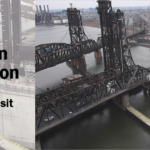
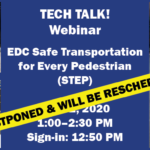
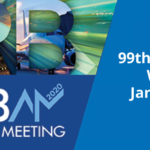


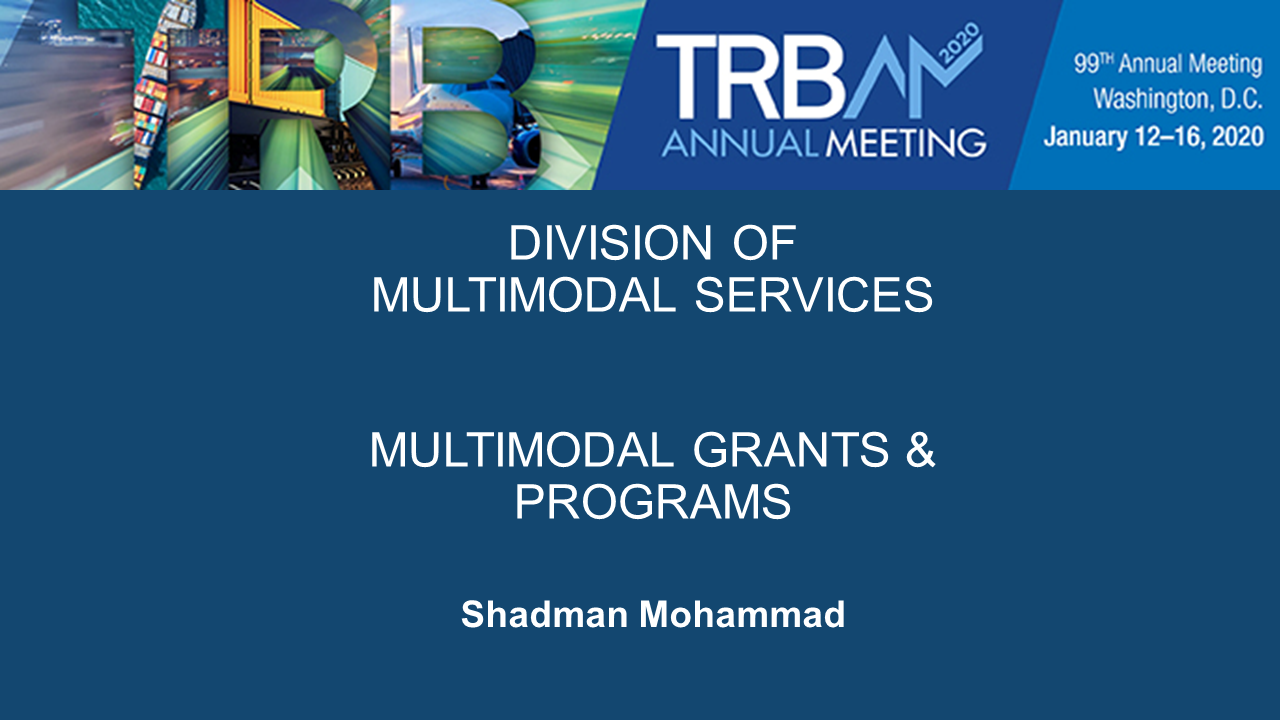
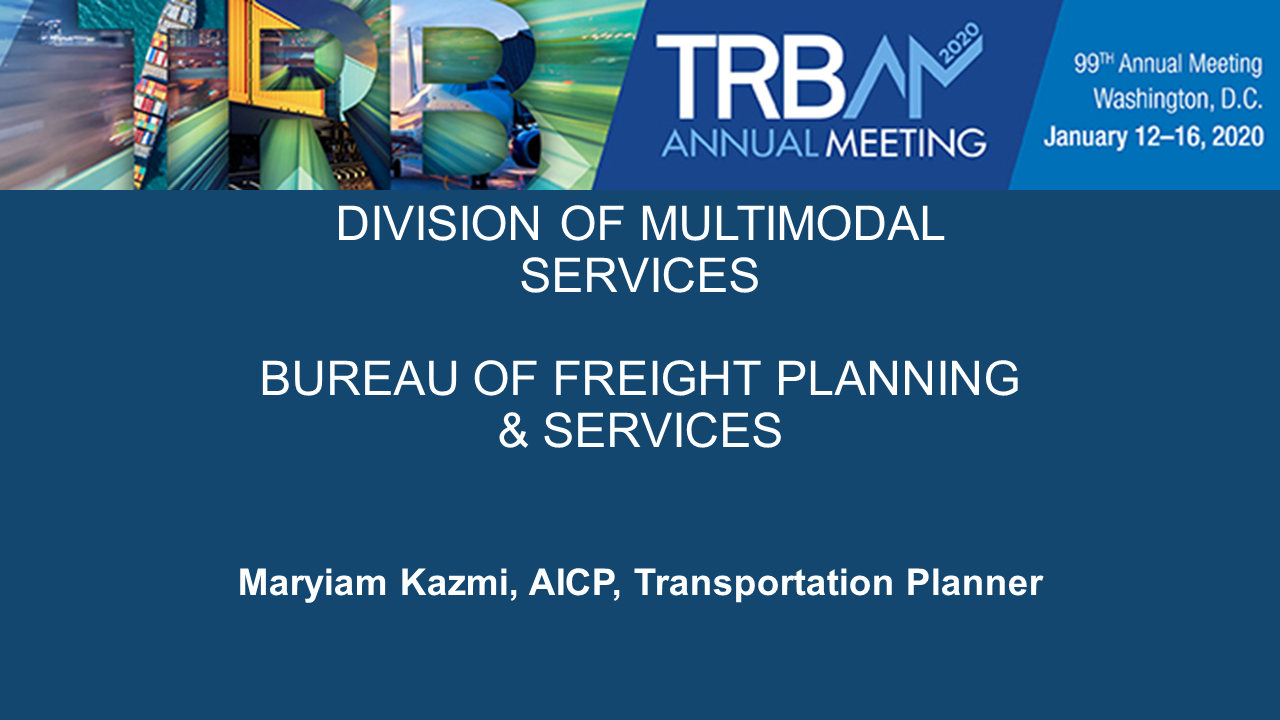


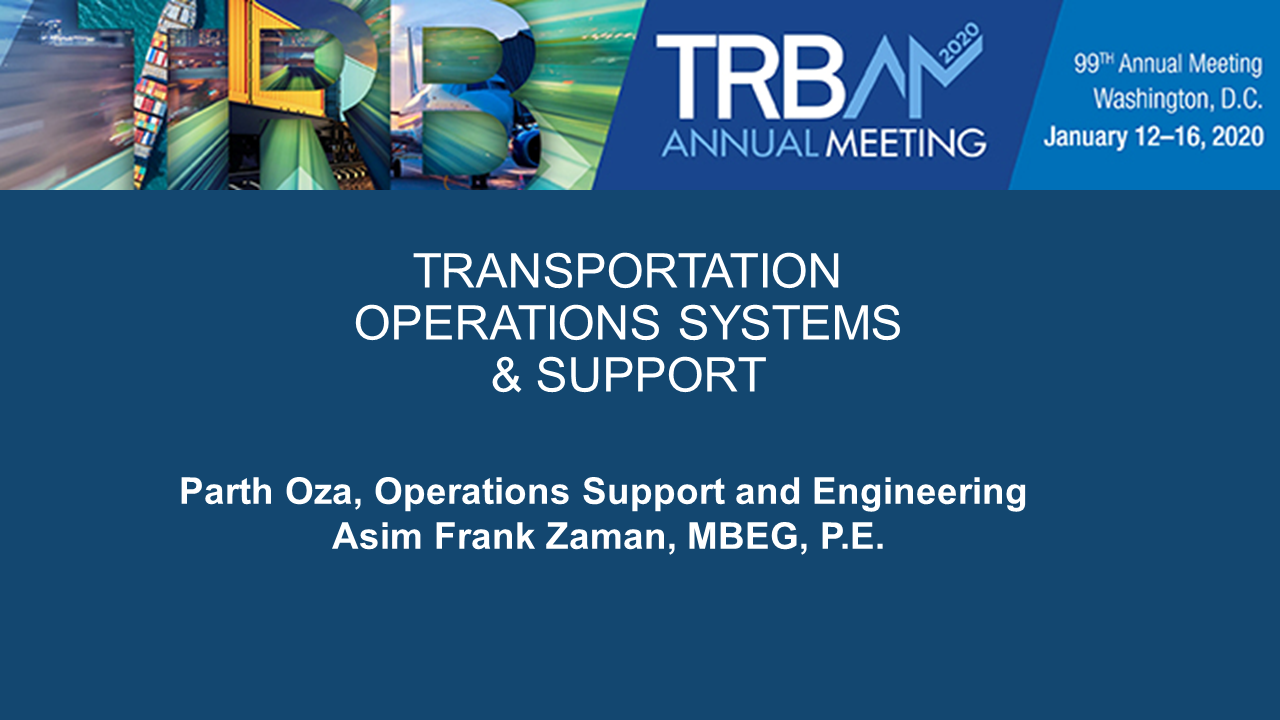
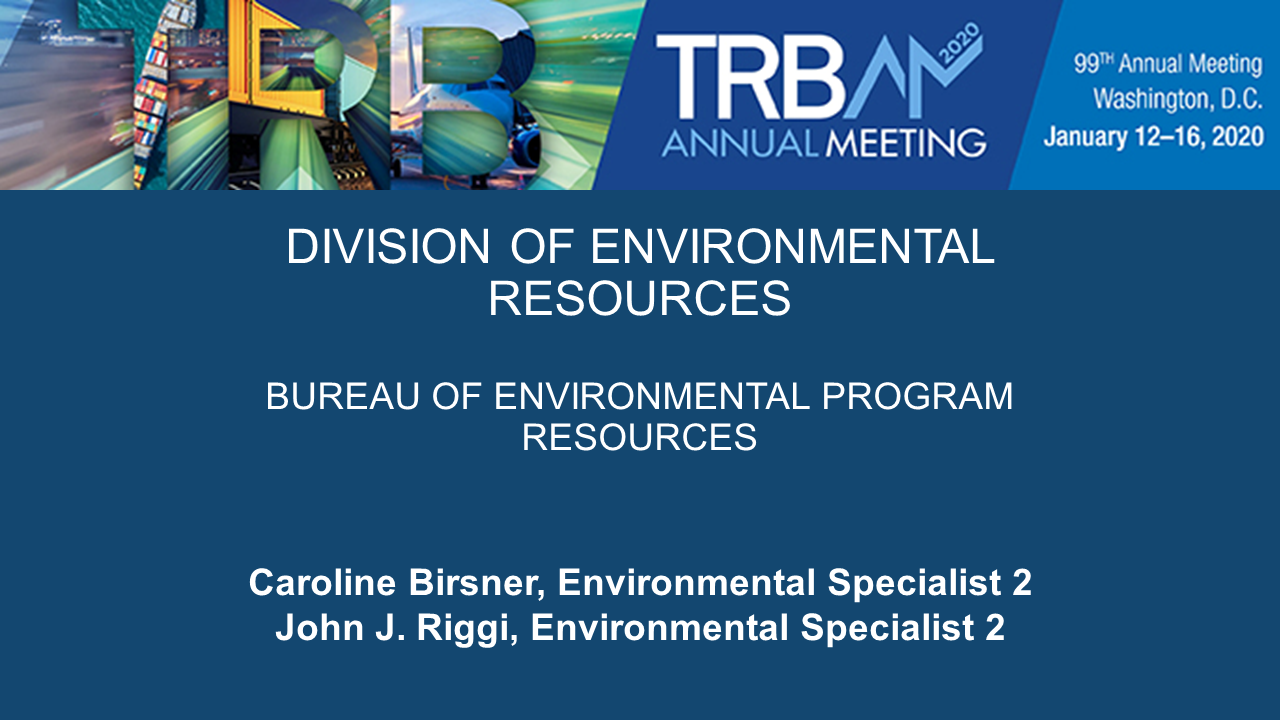
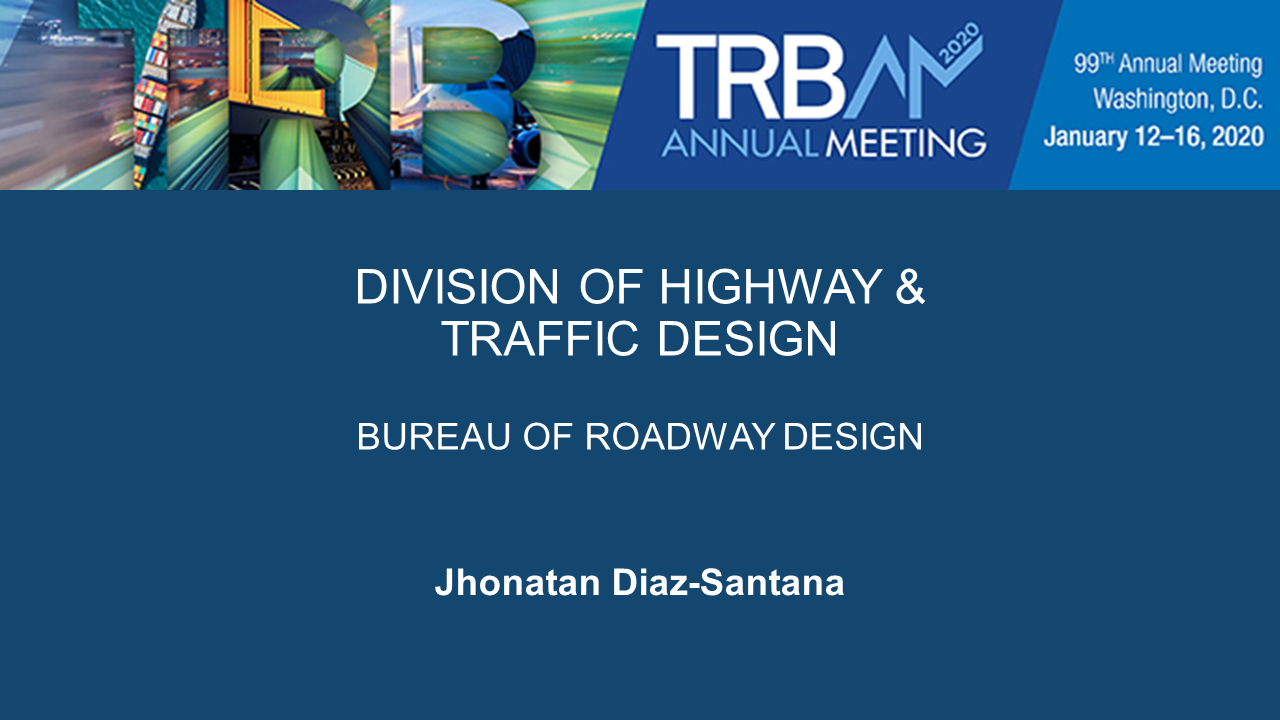
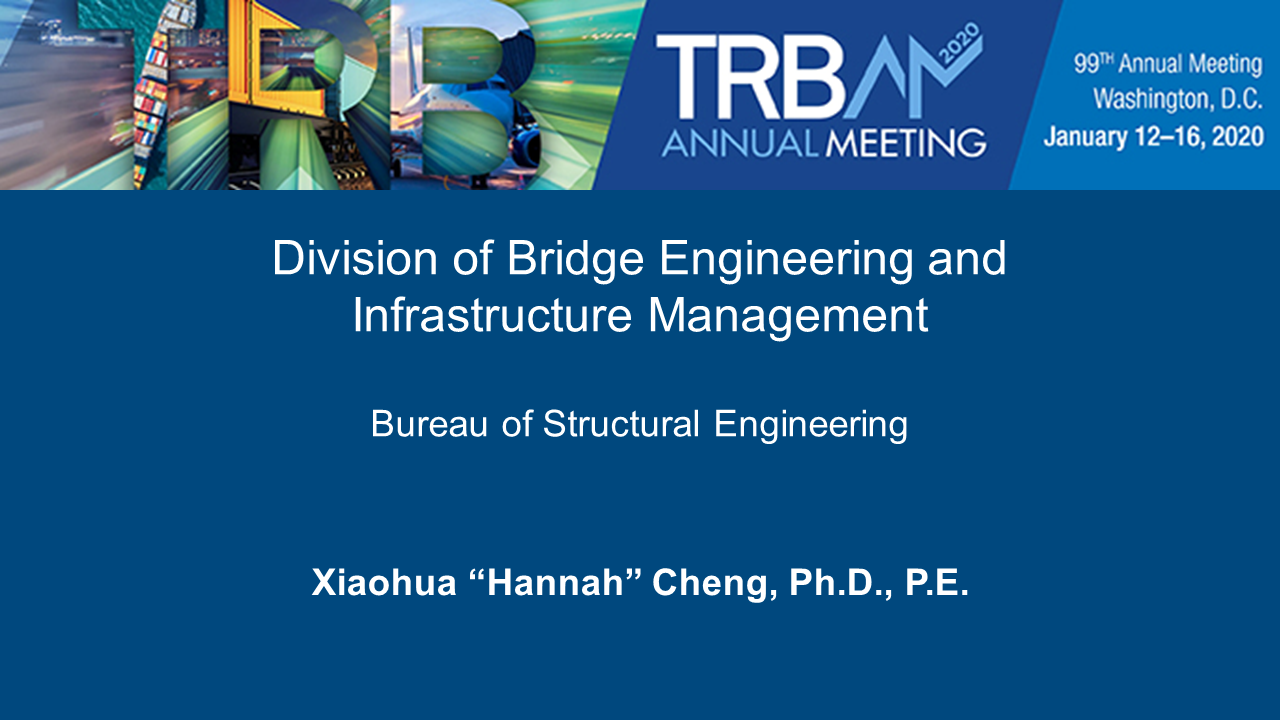
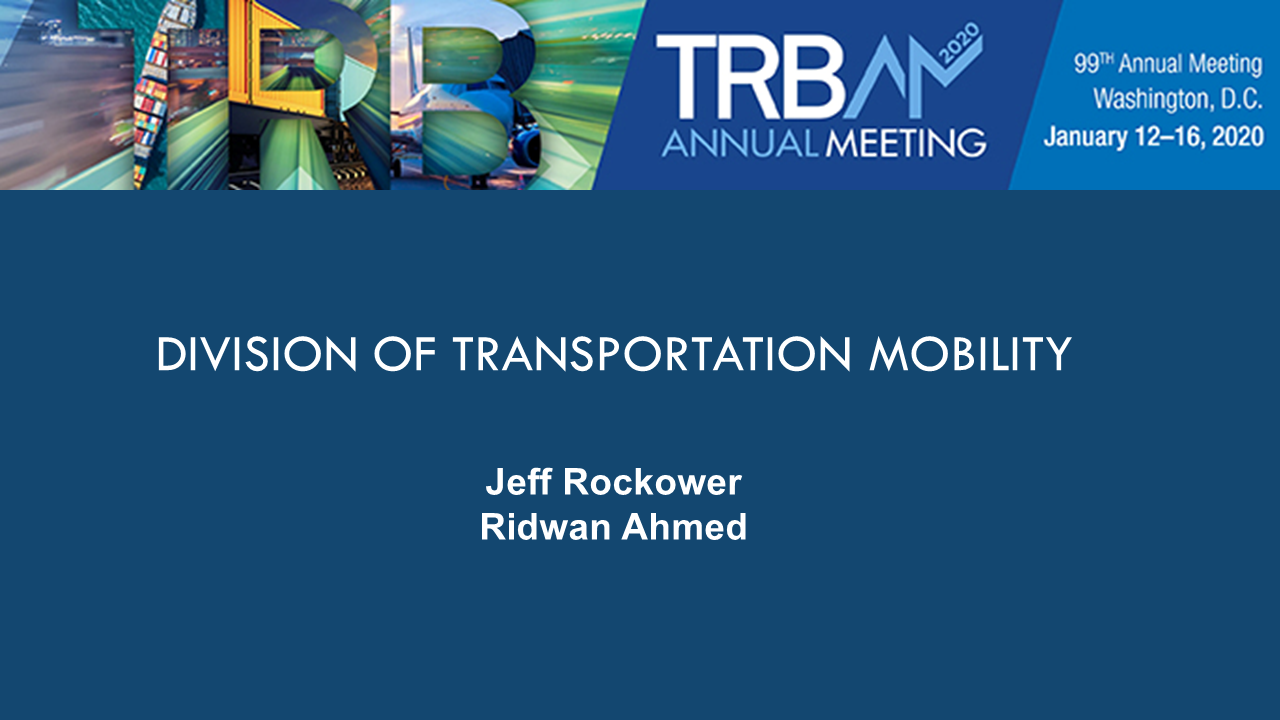


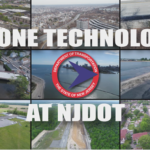
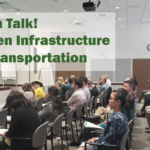
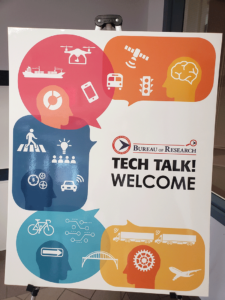
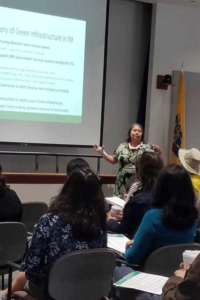
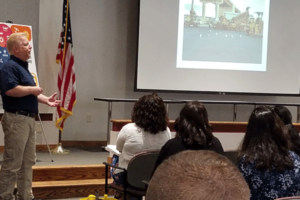

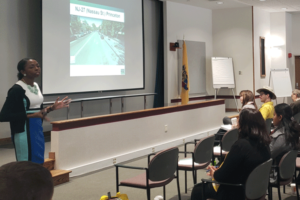
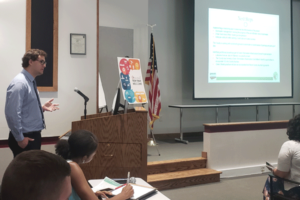
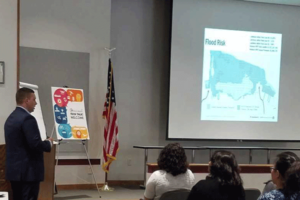
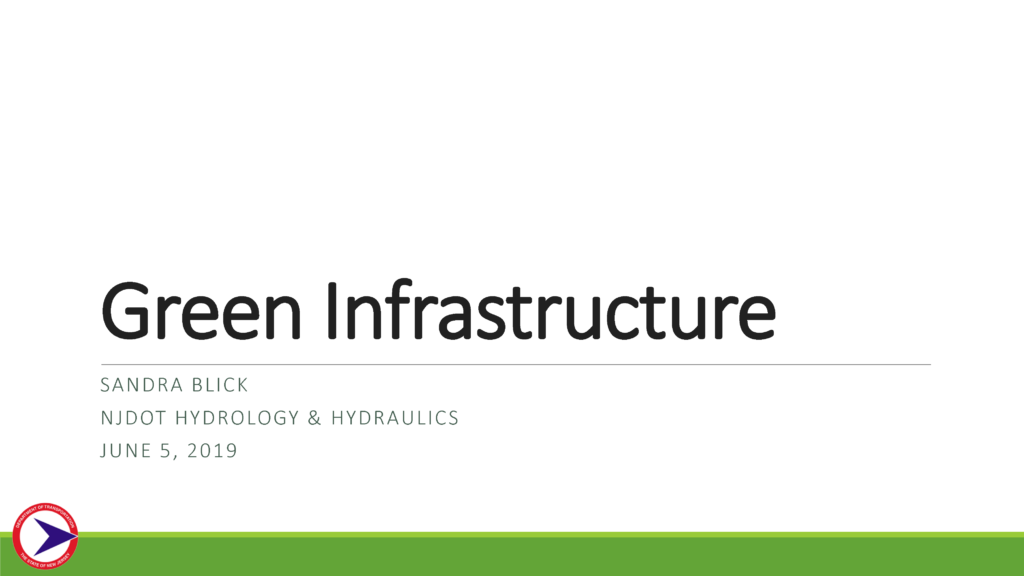
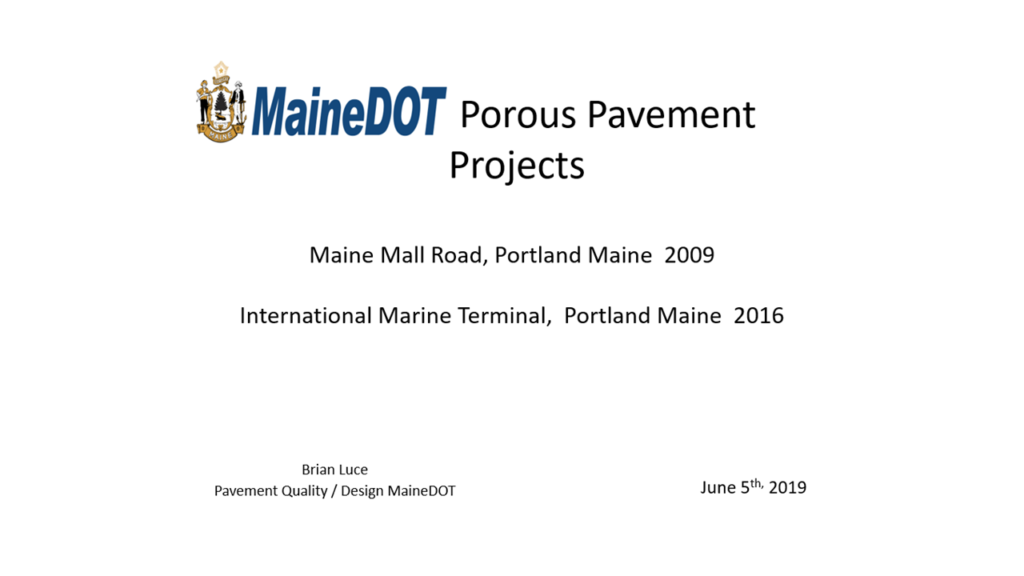
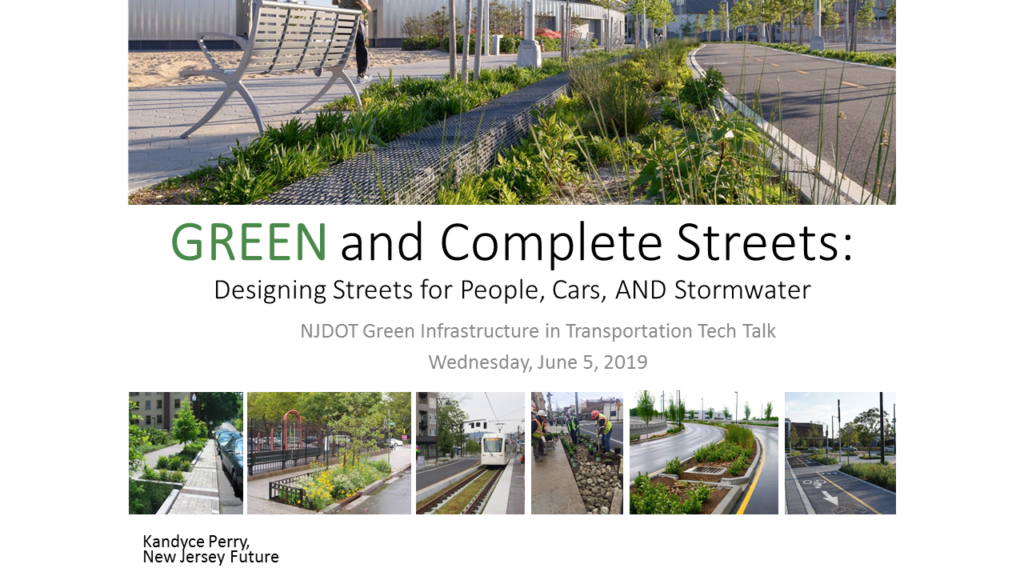
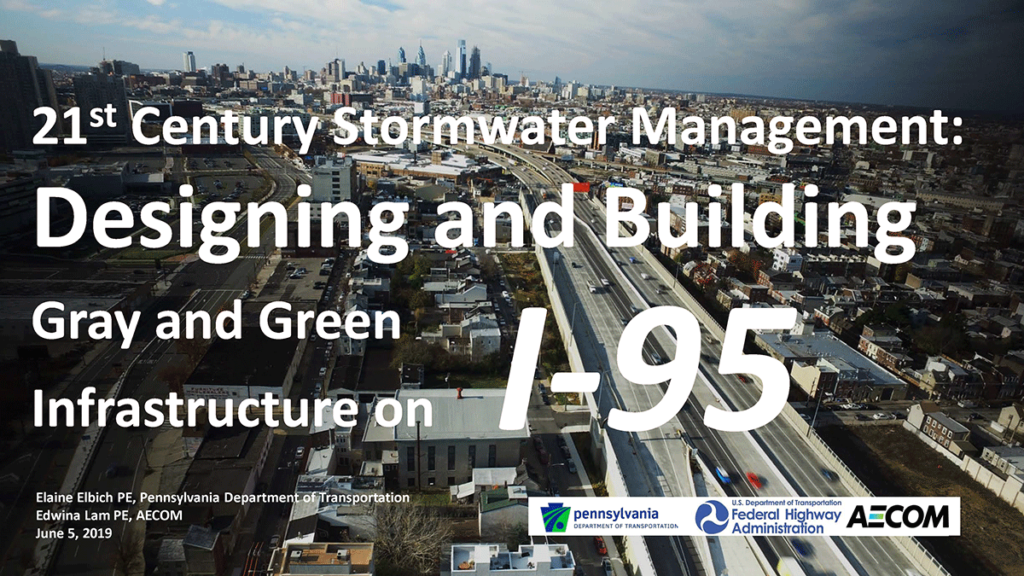
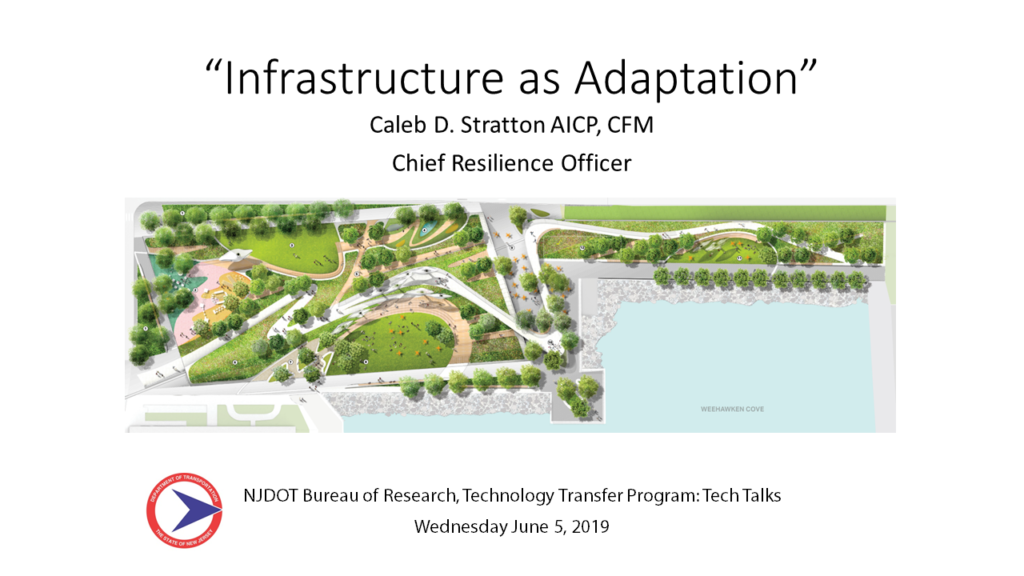


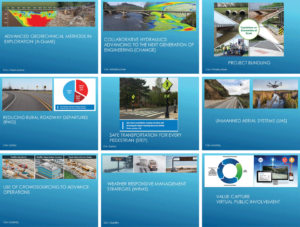 The NJ STIC Program and innovative initiatives advanced through the program were discussed in a session, “Your Roadmap to Transportation Innovation”, given at the NJ TransAction Conference on April 17, 2019.
The NJ STIC Program and innovative initiatives advanced through the program were discussed in a session, “Your Roadmap to Transportation Innovation”, given at the NJ TransAction Conference on April 17, 2019.